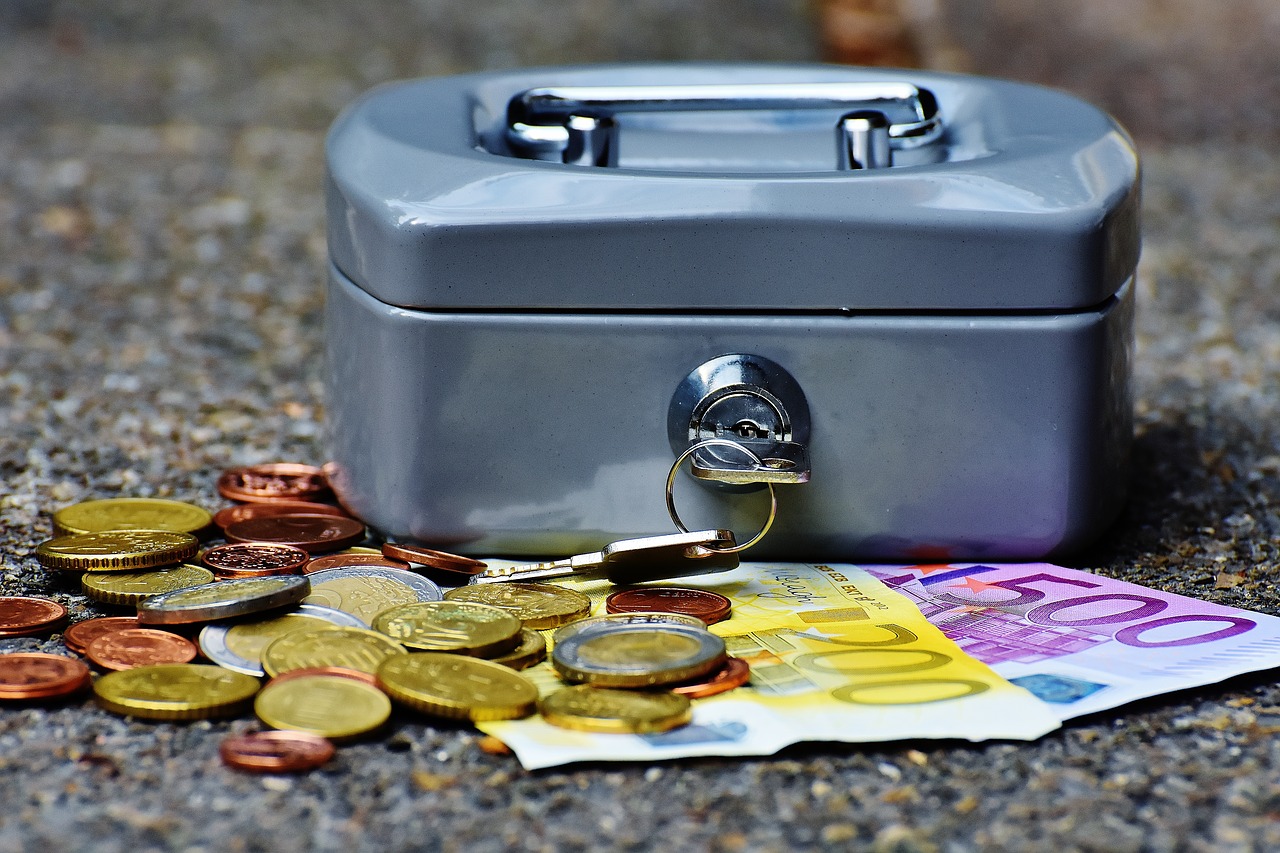Difference of a Market Maker or Liquidity Provider
December 26, 2016
A forex brokerage house can be set up based on how it intends to run the business: being directly involved in the trading process or just an intermediary. For an intermediary, it charges a fee for allowing traders to access the interbank liquidity.
On the other hand, if the broker is involved in trading against its clients, fees are not the most important part of the revenues, but the actual trading. These two options a forex broker has are called a-book and b-book processing.
Market Maker (b-book) Brokers
This is by far a business model more profitable than the a-book. The reason for it comes from the fact that the brokers that fit into this category are taking the other side of their customer’s trades, without passing the orders to any liquidity provider.
It means that as a forex trader, you are virtually trading against the house, and any profits that a trader makes represents a loss in the forex broker’s accounts. Chances are that, over the long run, the forex broker will survive and make a profit as most of the retail forex traders are losing money.
This makes the broker’s chances of making a profit being far greater, as more than 80% of traders are due to lose their deposits when trading. With such chances, it is no wonder that many forex brokers choose for this business model.
However, things are not that simple for a brokerage organized as a b-book dealer. Trading departments need to be set up, algorithmic trading to automatically take the other side of customer’s trades, etc. All these represent costs that should be cover from the profit being made.
Liquidity Providers (a-book)
This represents a simpler method to organize a brokerage house and in fact, the broker is only an intermediary: it allows the trader to access the interbank market by passing the orders to liquidity providers.
The best bid/ask quote will prevail and will be transmitted to the clients. Such a business model is called a-book processing or Straight Through Processing (STP) and the broker is only earning a fee based on the volume its clients generate.
While it may not be that profitable as a market maker, an STP broker is more transparent and from an ethical point of view is highly regarded by market participants. If the proceeds from the forex business are invested with a sound business plan in mind to bring as many active traders as possible, then the business model is quite a successful one.
Mixed Brokerage Houses
There are forex brokers that are involved in both a-book and b-book processing and the way to tell this is by looking at the type of the trading accounts they offer. A broker can tell if the trader is one that fits the overall “losing” category or has a chance to be one of the winning ones.
Based on factors like the size of the trading account, the years of being involved in the forex market, etc., the brokers put traders in two categories. This way the broker takes the other side of the trade only in some cases, while traders that have chances to succeed are served with a-booking conditions.
It is not clear what business model prevails, but it seems that a mix between the two is the recommended solution. While it is costlier than choosing a single type, it provides more opportunities for quick profitability.



